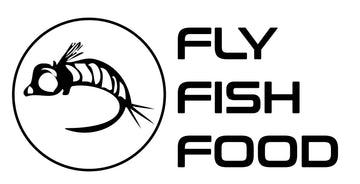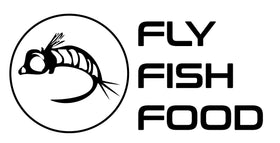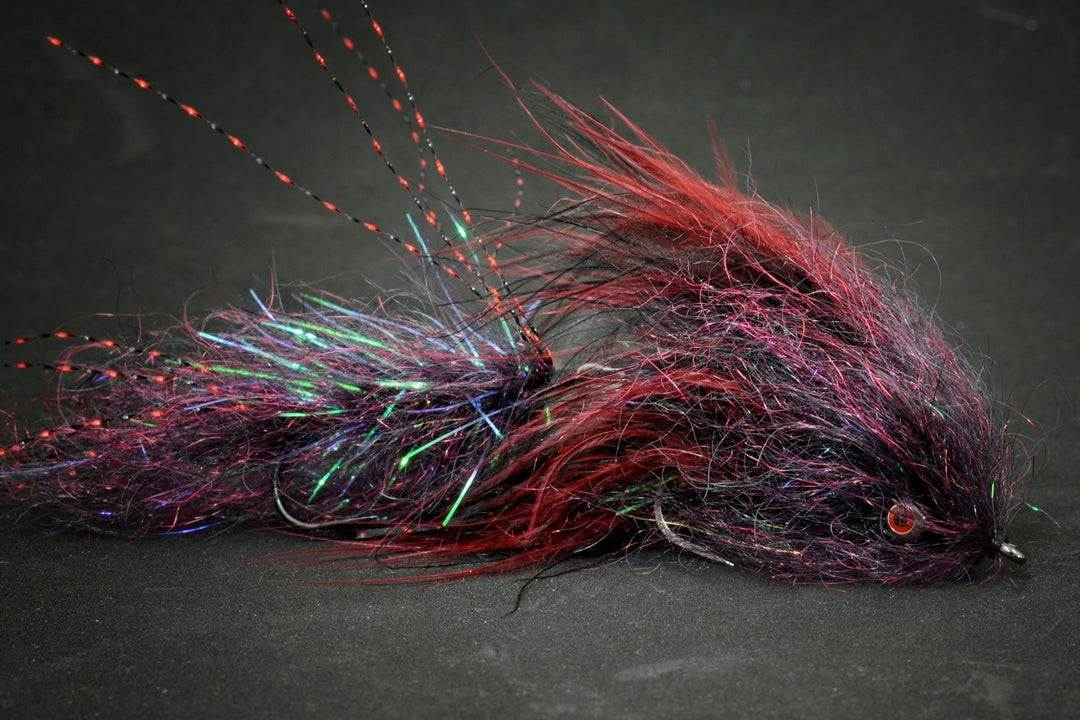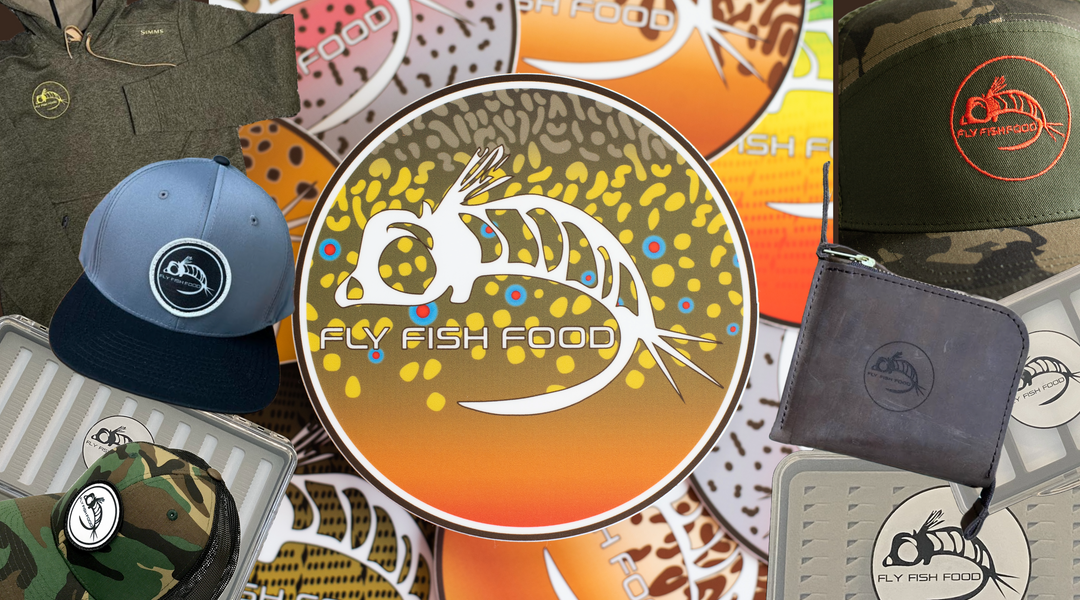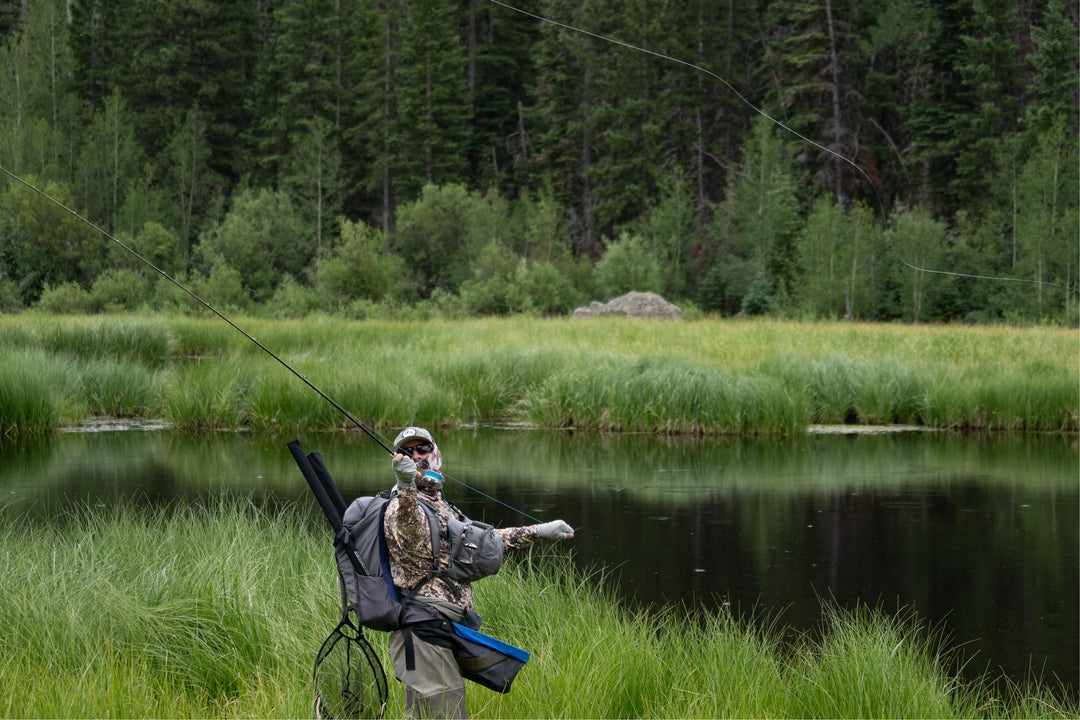Foamerger Midge Emerger
Curtis - December 29, 2015

This is literally one of the easiest patterns you'll EVER tie.
The pattern, however, was designed out of pure frustration. I was fishing a phenomenal midge hatch on
the Green River in Utah one day and after a couple of hours of fishing my traditional midge patterns (griffith's gnats, true midge dries etc), the score was: Picky Trout -- 1000; cold dumb midge fisherman -- 1. I landed only one fish in three hours. As I packed up and picked the pieces of my ego up from the rocks, a dude comes walking along the trail, sees the rising fish, takes one cast and nails a fish. Must've been luck. Next cast: fish on. I suck.
As I walk by, he actually strikes up a conversation and I came to find out he was fishing a fly his son had given him and he wasn't sure of the name. It was a variation of a palomino midge and it was designed to sit in the surface film.With new hope of redemption for my next midge encounter, I got busy trying to understand what it was about that style of pattern that made such a difference. I came to understand, as a lot of people already know, midges have a tendency to hang vertically in the surface film as they struggle to emerge from their pupal stage to an adult. With this in mind, I sat down at the vise to figure out a pattern that fit the bill. The palomino was ok, but when I tried to get it to float vertically, it didn't look much like the pictures of real insects I was looking at. After a bit of trial and error using different materials and patterns, I found one that floated vertically and resembled the bugs. I tied up a few more and set out for the Green the following week.
The fish gods were smiling on me that day as my new little midge invention did the trick. I fished the same hole and came up with much different results as I lost track of the number of fish I hooked that day. My friend fishing across the way, ended up with 1 fish as he refused to change from his good ol' Griffith's gnat. Anyhoo...the fly was dubbed the "Foamerger" and earned a permanent spot in my midge boxes from then on.
As it also turns out, this pattern has far outpaced any of my tried-and-true Baetis patterns during the early stages of the Baetis hatch in the Spring. I can't remember why, exactly, I tied it on one day in early Spring as the Baetis turned on, but it turned a so-so day fishing into a great day of dry fly fishing for nice Brown Trout. So I made a point to keep it in the mix even when the Baetis hatch grew stronger and the midges less important. Time after time, this little stupid looking fly kicked the snot out of my Baetis patterns. I'm guessing it's the way it hangs in the surface film or maybe just the overall general impresssion of an emerging bug, but either way, it's been good to me.
UPDATE:
I realize this video needed an update and figured it was a good time to add a variation on this original pattern. I would use the old "dressed down" style on anything smaller than a #24 and the new style with its wing buds and brushed body on larger patterns. The one in the new video here is an #18
- Hook: Fulling Mill 1130 - Light Weight Grub Hook - Bronze - 20
- Thread: Danville Flat Waxed Nylon Thread - 70 Denier - Black
- Shuck: EZ Magic Dub - Black
- Thorax: Ice Dub - UV Black
- Wing Buds: Veevus Holographic Tinsel - Red - Medium
- Head: Rainy's Evazote Foam - Black - 3/16"
